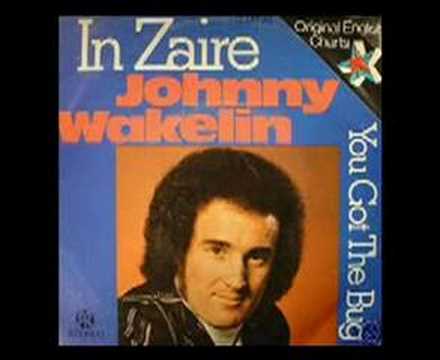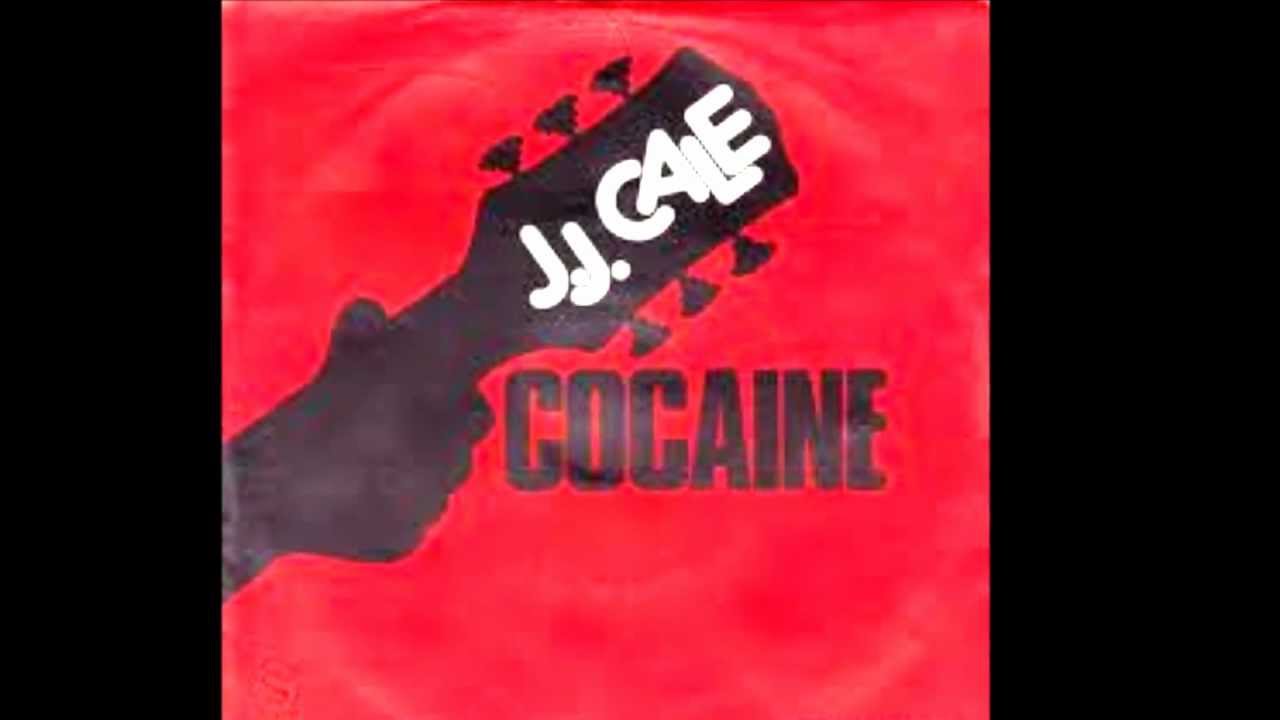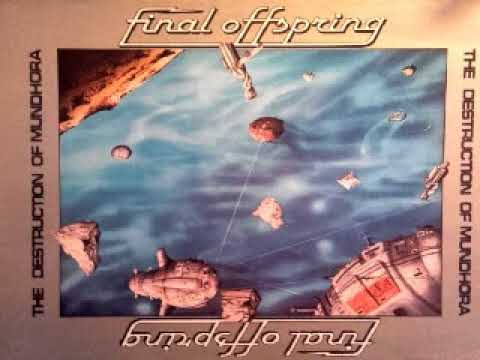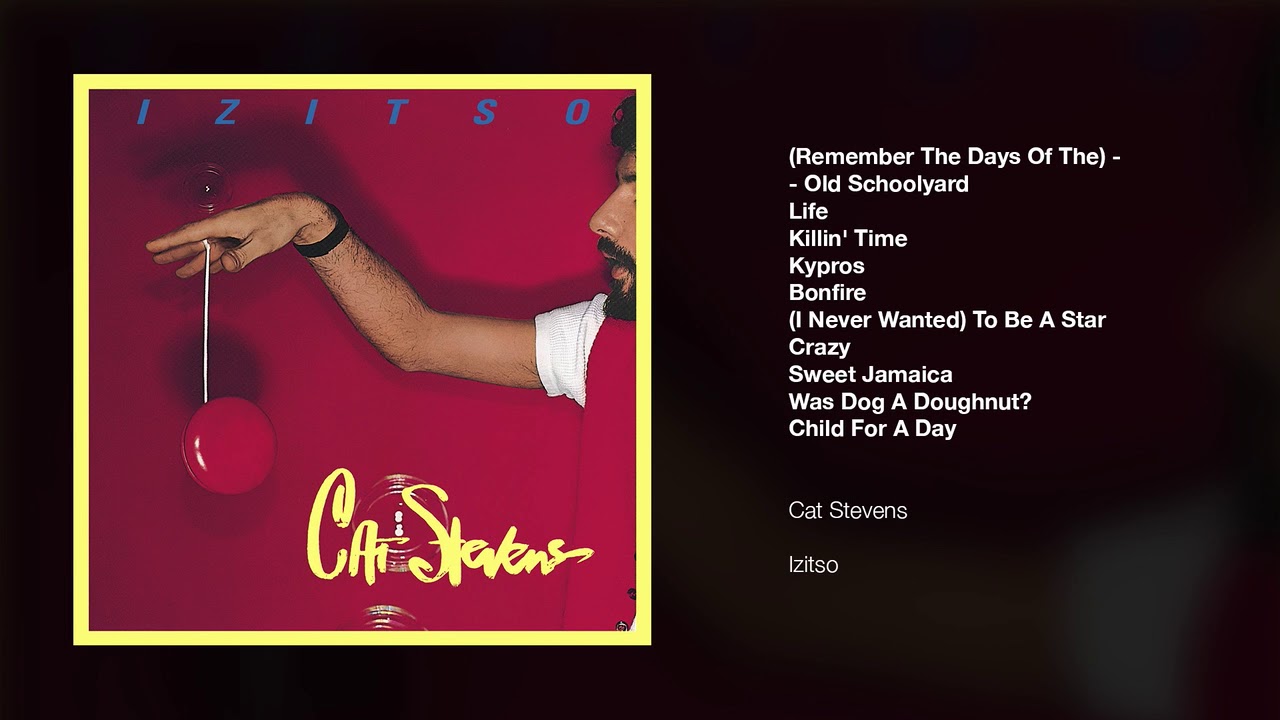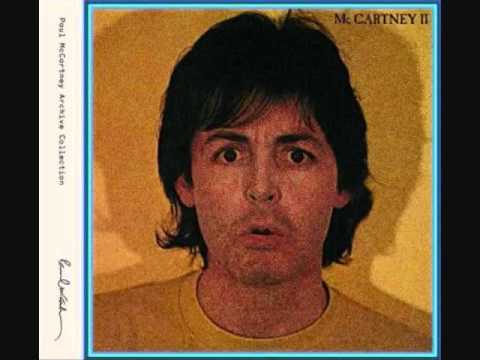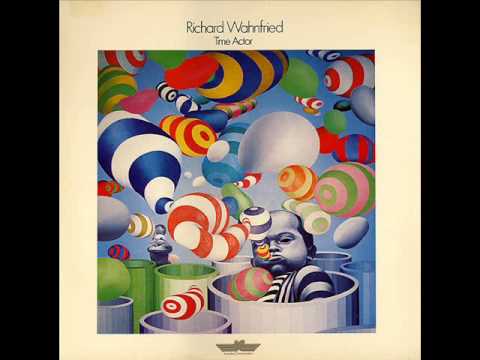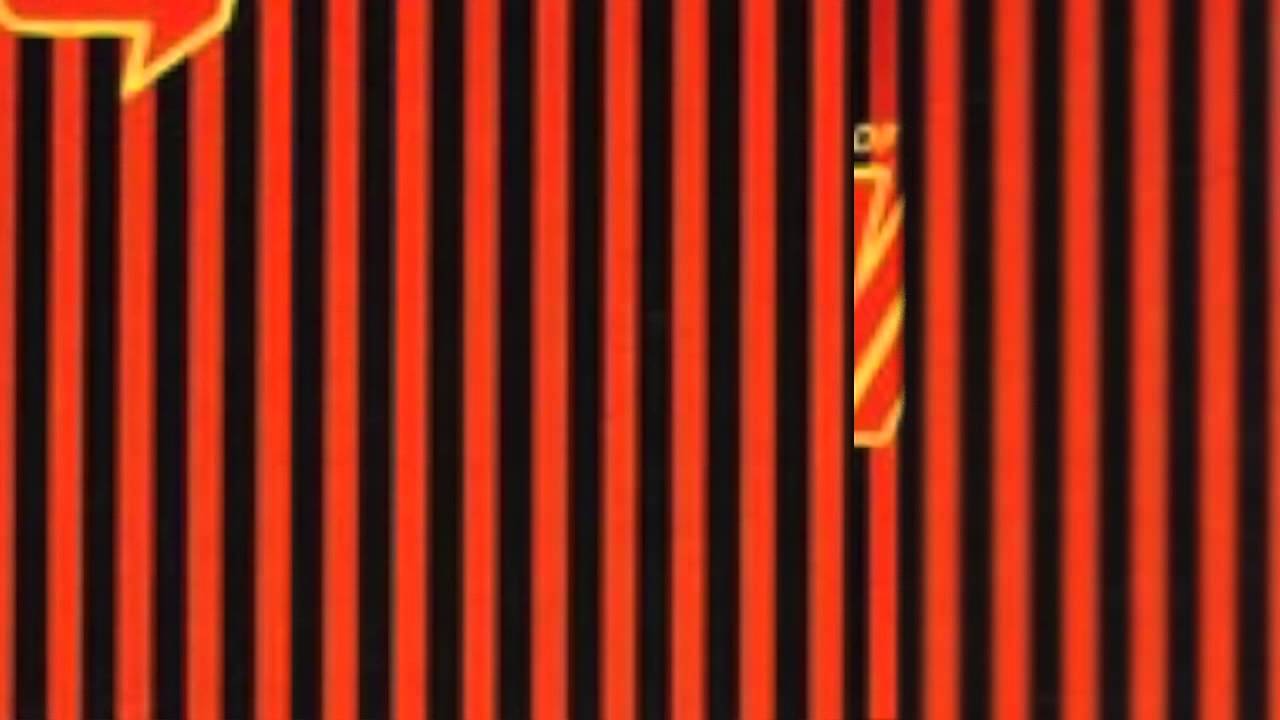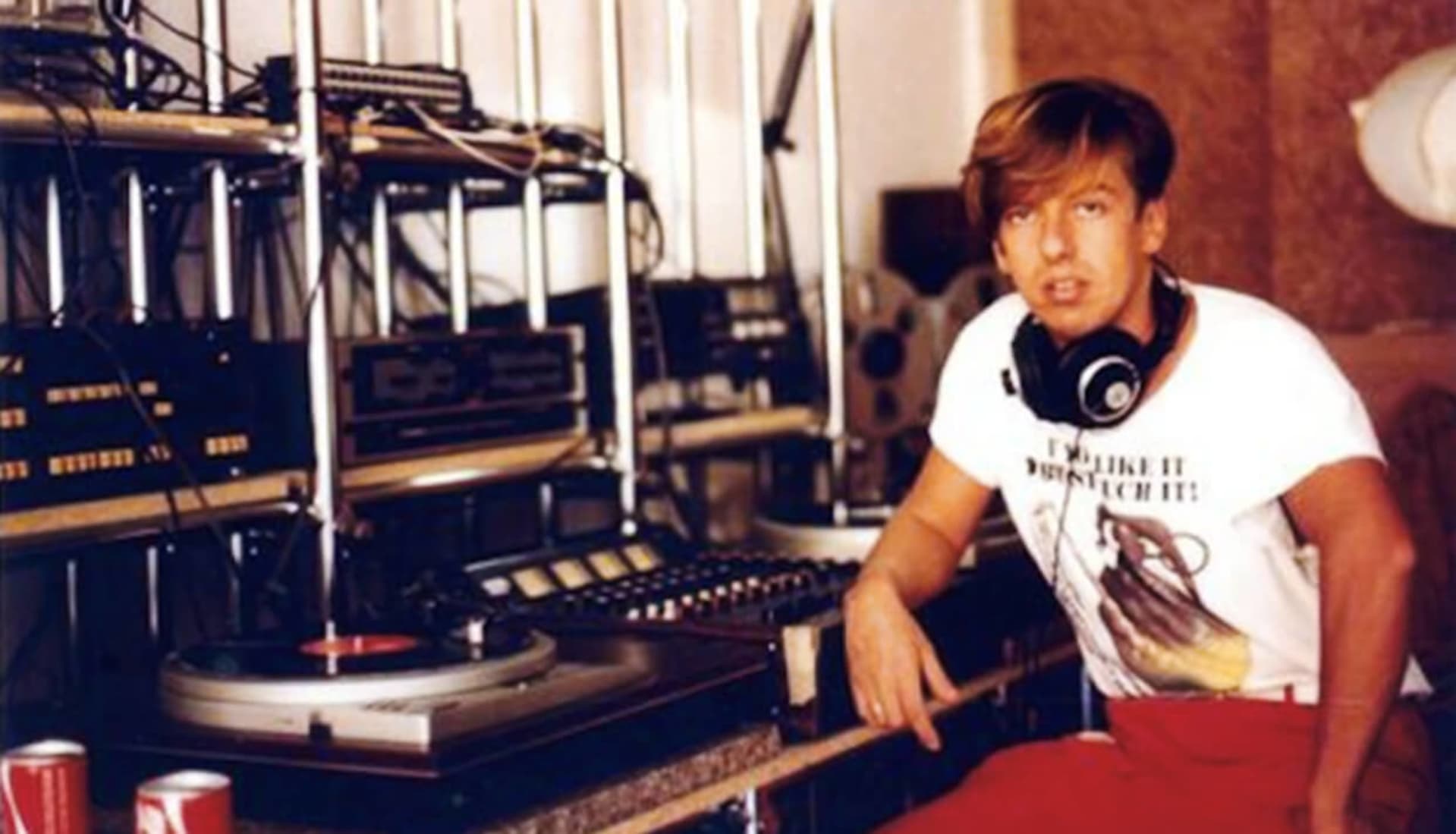
Daniele Baldelli Explains How Cosmic Disco Emerged From Italy’s Influential ’80s Club Scene
Despite its global popularity, the "cosmic" sound emerged from the records played by forward-thinking Italian DJs like Daniele Baldelli.
Few DJs can claim to have had such a lasting impact as Daniele Baldelli. Throughout the ’70s and into the ’80s he was an instrumental figure in the development of the curious Italian sound known as Afro/cosmic music, or “cosmic disco” as it’s known today.
His residencies at Italy’s Baia Degli Angeli and Cosmic clubs are the stuff of dance music legend, and mixtapes of his wild multi-genre sets are still poured over by eager fans and internet trainspotters alike. His unique techniques and off-the-wall selections continue to be employed by adventurous DJs working the international circuit to this day. Noted dance music historian and regular EB contributor Tim Lawrence, author of Love Saves The Day: A History Of American Dance Music Culture, 1970-1979 and Life And Death On The New York Dance Floor, 1980-1983 caught up with Baldelli to record the definitive account of the Italian cosmic master’s story straight from the man himself.
You first started to DJ in 1969. How did that come about?
In Cattolica there was a little club called Tana that I used to go to. I think it opened at the beginning of ’69, and it was the first discotheque in Cattolica. Everyone used to say that the man who opened it worked in Paris for many years and experienced discotheque culture there. I was very young. When the resident DJ left, the owner asked me if I wanted to take over. He’d noticed me because I was looking at the DJ all the time. That’s how things started, although at the time, the owner of the club bought the records and told me how to play. He stacked the records like a newspaper and said, “You start from this and follow the line. When the line is finished, you can choose another line.” He made the program. There were no headphones, no mixer and no monitor. It wasn’t a problem if there was silence between the records. People were used to dancing to a song, stopping and then dancing in a different way to the next song.
https://www.youtube.com/watch?v=83Y2hv-3UCM
What music did you play?
Most of it was rhythm and blues: Aretha Franklin, Wilson Pickett, Rufus Thomas, Ann Peebles and Arthur Comely. But there was also music from the UK more than the States. I played records from bands like The Stooges, Atomic Rooster and Pink Elephant. I also played Desmond Dekker’s “Israelites”, for instance.
Were there other clubs in Cattolica?
In 1969, there were dance halls featuring live bands. But after Tana opened, a lot of little clubs opened too. The Adriatic Coast was full of little clubs during that period. Everyone liked to go to clubs; they were something new at that time. Either you went to the cinema or to the club. Because Cattolica was a tourist spot, there’d be 15 clubs open in the summer and three in the winter.
From Tana you went to a club called Tabu—is that right?
Yes, maybe in November or December 1969. At Tabu, the owner didn’t buy the records. I said, “Listen, we need more records!” It was always the same, so I told him, “Pay me more money, and I’ll buy the records.” So I spent all the money I got on records. I was still going to school, and buying new music was my passion. I spent more on records than I made playing records. Nobody told me what to do; I just followed my instinct.
I played at Tabu from 1970 until 1976. During this period, I started to use a mixer with two faders, which was a novelty. I don’t remember when I started using headphones. But I had two Elac turntables—it’s a German company. It was automatic. You pushed a button and the arm went by itself. So I had to calculate how much time it needed until it touched the record. Then came the Lenco turntable. It had a little lever for 33, 45, 78 and 16! After a while I realized that it turned faster if I had the lever not exactly on 45 but closer to 78. So I tried to adjust the speeds to reduce the difference between the tempo without mixing.
What was the dynamic of the night at Tabu?
In the beginning the DJs played both fast and slow music. The method was to play five fast records followed by three slow records for the entire evening. After one year, by maybe 1971, we played ten fast and three slow, until we arrived at a part of the night where we would only play fast records, with one 10- or 15-minute break in the middle when we played slow. By 1975 or 1976 we started to play only fast dance tracks.
Can you remember some of the records you played during this period?
Some records from this period are important. For example, “In Zaire” is an African song from Johnny Wakelin. I played this at Tabu and then later at Cosmic, and I still play it today. Other songs and artists I played a lot included Rufus Thomas, Johnny Taylor’s “Who’s Making Love” and Earth, Wind & Fire’s live album Gratitude. And, of course, there was James Brown.
Was this period important to the way you developed as a DJ?
I was doing everything instinctively, so I didn’t think a lot. But when Baia opened we saw DJs executing mixes for the first time. Of course, at that time mixing meant mixing maybe three or four beats, and sometimes they just cut.
This is Baia Degli Angeli, right? Can you tell me how you heard about it and what made it different?
I went to Baia some months after it opened. Everybody was talking about it. I heard about it for the first time when a young barman at Tabu was asked to work there. I knew something very big and very different was coming. We also started to see the logo of the club [an angel] all over Cattolica and maybe also Rimini. There was no writing, just the log. A few months later, Baia Degli Angeli opened. It was a beautiful club. Everything was white, whereas at Tabu everything was dark. Because of that, the spotlights were very effective; if there was a green light, then the whole club turned green. Seeing the whole club change color had a really big effect. Another big difference was that it was the only club that stayed open until 6 or even 7 a.m.; all the others closed at 3. They had these two American DJs, Bob Day and Tom Season, who came from New York, and for at least the first six or eight months they had music that we’d never heard before. They had everything—TK Records, the Philadelphia sound, a lot of 12-inch singles and a lot of free promotional records that nobody knew.
So Baia left a big impression?
The first time I went was in the summer of 1975, and in the summer of 1976 I went regularly. I worked at Tabu until 3 a.m., and when I was done I went to Baia and stayed for one or two hours. We thought Bob and Tom were crazy because they played with records that were warped. One afternoon they came to Tabu when I was playing. I was afraid and at the end of the afternoon Tom said, “You’re very good, but why don’t you take away the rubber mat?” Turntables come with a rubber mat so the vinyl doesn’t slip. To mix by hand, you take away the rubber and replace it with a slipmat. But at the time you couldn’t buy slipmats, so they replaced the rubber with a 45 single instead. This was why their records were all wobbly.
How come they came to Baia?
Because Giancarlo Tirotti was rumored to be the lover of Carmen D’Alessio [a New Yorker who worked in fashion and became Valentino’s PR chief in Rome], and he went to New York and met Tom, who was a friend of Carmen’s. At the time there were a lot of little underground clubs in New York. Tom and Bob had maybe played the first hour in some important club. The first to come was Tom, and then two months later he brought Bob, who was a friend of his. They were both gay and they mixed records. It was the first time I heard this. Sometimes the mixes were good, sometimes not. That was their style.
Did they have a mystique about them?
Yes, of course. In Italy, everything that’s not Italian is the best. The United States was the leader in disco and rhythm and blues. Italian music is rooted in Pavarotti and the waltz. We don’t have a tradition of blues, rhythm and blues or funk, so all the music we got was from the States or the UK. It was only later that the Italians became better!
So was Baia the most important discotheque on the Adriatic coast?
I think this club really changed nightlife in Italy. It was the first of its kind. Nobody had heard DJs like Bob and Tom before. It was open until 6 a.m.. Everybody came from all over Italy. After that, big and beautiful clubs started to open everywhere, but Baia was the first.
Where was it located?
Gabicce, which is a little hill near Cattolica. It’s a little tourist town. There’s Cattolica, then Gabicce. It’s a very beautiful spot. You can see the whole Adriatic coast. Originally Baia was opened as a high-end restaurant and sporting club. Once Giancarlo Tirotti realized that the restaurant wasn’t busy enough, he turned the indoor swimming pool into a dance floor.
What happened to Bob and Tom?
After a while, Baia became too crowded and there were too many drugs, so Giancarlo Tirotti sold the club. Bob and Tom decided to go back to the States. One night they came to me and said that they had advised the new owner to hire me. At the same time someone else approached Mozart [Claudio “Mozart” Rispoli], who had started to DJ. They asked me if I had a problem with Mozart, which I didn’t. I was actually happy they hired him as well because I was afraid to be the sole successor of Bob and Tom.
What drugs were popular?
Heroin. Before people went out, they might smoke or maybe take a bit of cocaine. But when Baia became famous all over Italy, it changed. After a while there was a heavy heroin and cocaine scene at Baia, much to the frustration of Giancarlo. He didn’t want to run a drug hangout. He wanted la musica. Personally, drugs didn’t work for me. I smoked a joint, and I was sick. I tried cocaine, and I couldn’t have sex. I drank, and I was sick. So I took nothing.
So when did you start DJing at Baia?
It must have been October or November 1977. I stopped in August 1978, after Baia closed for good. It was me and Mozart until he had to leave for military service in February 1978. He came back after three or four months, so I played alone during that period.
How did it work with Mozart when you played together?
We usually played 90 minutes and then changed. The club closed at 6 a.m., so we had two slots each.
What were you playing?
I was playing different kinds of styles. I didn’t play records with a lot of vocals or melody. I played more instrumental records, more aggressive records. Also, I don’t know if all the songs I played were disco. For example, I played a song by J.J. Cale, “Cocaine”. He’s like a country and western singer. That was a very popular song. I also played Timmy Thomas’ “Africano”. John Forde was also a hit, and so was Miroslav Vitous’ “New York City”, Passport’s “Ju Ju-Man”, Dogs Of War’s “Spaciula” and [Laurin] Rinder and [W. Michael] Lewis’ “Gluttony”.
Was your taste different to Mozart’s?
At that time, Mozart was maybe funkier than me, but I also played funky records. When I played all night by myself I played Kebekelektrik’s cover of Ravel’s “Bolero”— it was the whole side of an LP, 15 minutes. When I played this song as the last song of the night I introduced a lot of effects from Pink Floyd, Jean-Luc Ponty and some African chanting. The sound was disco, funky disco, some Euro disco and some electronics. Other favorites were Bunny Sigler’s “It’s Time to Twist” and Final Offspring’s The Destruction of Mundhora.
So if this is 1977, was Donna Summer’s “I Feel Love” a big record for you?
Yes, in the beginning. But I stopped playing it when it went on Italian radio. I was always attracted by records that were a bit different, a bit stranger—something not so easy. When The Destruction of Mundhora came out, it was really different to the other records I was playing, and that appealed to me.
When you were playing at Baia, did you pre-program what you were going to play for the whole night?
Yes, I prepared a lot, but I also left space for improvisation. The first night I prepared a tracklist, but I changed what I was playing when it seemed as though the dance floor wasn’t really appreciating it. In the end I developed a lot of tracklists, but changed from one tracklist to another depending on the mood of the dancers.
I was crazy about mixing. I always wanted to make the perfect mix, but this was sometimes impossible because the records were recorded live and the tempo was always changing. It was a really big problem and meant that some records were terrible to mix together. At home I would put on a record and try a hundred records on the other. I was looking for the perfect mix, not just in terms of the beat but also in what was musical to the ear. I’d make a note of the speeds and how the records mixed together.
How did Cosmic happen?
I was DJing at Tabu after Baia had closed when a big man came in with his wife and some friends. They introduced themselves to me and said they were from Lago di Garda, Verona, where they were planning to open a new club in the spring. They said that they’d been listening to my sets at Baia and liked my style. They wondered if I wanted to become their resident DJ, and I said okay. Back then, it was a bit strange, because at that time, if a DJ worked in a club, he was the resident for life. But I said, “Okay, I’ll come. I want the money you’re offering plus a house. Please, not an apartment—a house, because I have too many records.” And so they found a little house by Lake Garda. I made about 50 trips in my Citroën to take everything over.
Who was the owner of Cosmic?
Enzo Longo and his wife, Laura Bertozzo. Enzo Longo came from a well-off family. His wife had two Fiorucci boutiques: one in Verona and the other on Lake Garda. They opened Cosmic because they went to Baia and liked it. They found this club called the Mini Piper. The story he told me is that he bought it and left it closed for one year because he wanted everyone to forget what it was before. Then he started to build Cosmic. He was thinking about it being a dance club—he liked to say, “palestra da ballo”—a dancing gym. The club was maybe for 700 people, and the dance floor was for 600 people. There was no place to sit down; only the dance floor and the bar.
Was it unusual to have a club without a place to sit?
Yes, very. And another very unusual thing was that, because he really wanted to make something clean, no alcohol was served for the first year. So there was no alcohol and no place to sit down. The sound system was made up of a Macintosh amplifier and GBL loudspeakers. The lighting equipment was also very good and the dance floor was like the one in Saturday Night Fever. The DJ booth was like an astronaut’s helmet. After two years he made a new facade that looked like a starship.
Cosmic opened in April 1979. How was it different from Baia?
The music was similar to what I was playing at Baia—funky disco. The only memorable thing is that the opening was scheduled for a Thursday. So many people came that there were maybe 1,000 people inside and 1,000 standing outside, so they gave the people who couldn’t get in a ticket and said, “With this you can come to the opening night we’ll hold for you on Friday.” So many people came again that they organized another opening for Saturday. Then they did one on Sunday as well.
You were the only DJ at the beginning?
Yes. At the start of 1980 I had to leave for military service, so the boss of Cosmic asked me if I knew someone who could work with me. I knew a guy named Claudio—Tosi Brandi Claudio—who called himself TBC. He was from Riccione. I asked him to come and they gave him the same deal I had: a house and a job for his girlfriend. He also had all my records at his disposal! After two years we fought with each other, and so for six to eight months another guy named Marco Maldi worked with me instead. This was in 1982. Then after some months Marco stopped DJing and TBC came back. We worked together until the club closed in 1984.
What happened to you working with TBC and then Marco Maldi? And how did Cosmic close?
TBC and I fought for the first time in 1982. One evening in the DJ booth he got upset and left without finishing his DJ set. This kind of prima donna behavior made me cross, and I was even more upset because I let his personality overwhelm me. Probably there was a kind of jealousy between us, because people said that I was “the brain” and he was “the showman.” So the competition was about this. But the boss didn’t like Marco Maldi so much and eventually he said, “Come on, you and TBC were the perfect combination,” so we started again until Cosmic closed. Police had already closed the club once and they shut it down again in 1984.
How long were you in military service for?
It was supposed to be 24 months because I was in the Navy, but I was 28 years old when they called me. I told them, “Please let me work.” I did a lot of illegal things to not be a soldier. It was all fake. I stayed in the hospital pretending to be ill—pretending to be a drug addict—because the last thing they wanted in the army was a drug addict. I said I was dependent. They said, “How?” I used an empty needle to put holes in my arms and said, “Look!” I also took a drug that put me to sleep during the day and another one to keep me awake at night. In the hospital I would run out and go to work. You could make a soap opera about my military service. After six months I was discharged.
So were you aware that there was this backlash against disco in 1979?
I didn’t understand what had happened. I was working every Saturday night. During the week I stayed at my home on this nice hill with a beautiful panoramic view—all of Lake Garda—and listened to records. So how I went from disco, funk and the Philadelphia sound to Depeche Mode, Gary Numan or Klaus Schulze. I didn’t care what was happening outside. I was living on my hill listening to music.
So the backlash against disco passed you by.
Until 1978, disco was a good sound. But then they started to mass produce records, and it became different. It wasn’t as beautiful as before. But I think Gary Numan, Depeche Mode, Klaus Schulze, Brian Briggs, Jean-Michel Jarre, Phil Collins, Mike Oldfield or Sky Records—they didn’t make music for the dance floor; they made music just to make music. So this is how music came to me, and once I had it, I played it in the club.
Can you tell me more about how your music selections changed in 1980?
I’d play Ravel’s “Bolero” and layer other songs on top of it, like an African song by Africa Djolé or something electronic by Steve Reich. I would mix this with a Malinke chant from New Guinea, or I would mix T-Connection with a song by Moebius and Rodelius. I’d play Cat Steven’s hypnotic and tribal Izitso album, and then Lee Ritenour and Depeche Mode at 33 1/3 RPM instead of 45 or a reggae track by Yellowman at 45 RPM instead of 33. I’d play a Brazilian batucada record and mix it with a song by Kraftwerk. I’d also use synthesizer effects on the voices of Miriam Makeba, Jorge Ben and Fela Kuti. I’d play the Oriental melodies of Ofra Haza and Sheila Chandra with the electronic sounds of the German label Sky.
Did you buy a Revox tape recorder in 1980?
Yes, I started this in Cosmic.
Did you buy the Revox specifically to make edits?
Yes. The Constellation Orchestra had an album on Prelude Records called Perfect Love Affair and on it there’s a song called “Cosmic Melody”. It had the line, “Cosmic-cosmic-cosmic-cosmic, me-lo-dy, me-lo-dy.” I thought, “I need this sentence for Cosmic.” But it was much too fast—it ran at 130 beats per minute. So I recorded it with the turntable at minus-10, and then I looped it together many times so it lasted for three minutes. I also made mixtapes and on every tape I included “Cosmic, cosmic, cosmic…”
Did you start to use any other electronic gadgetry at Cosmic?
In 1982 or 1983 I also bought a drum machine. Because my wife’s brother is a musician, I asked him to program the bassline of Richard Wahnfried’s “Time Actor” for me. Then I asked a friend who was a drummer to create a specific drum track for me. I’d play the track and mix maybe 30 records over it—Antena, The RAH Band and others. I never left the drum machine running alone. When I took away a record, I was immediately ready to put on another one. It became like a little show that I did for maybe three years, but only for ten minutes. If I did it for an hour people would say, “Go back home!” So it was like a little show during the DJ set.
When the first sample keyboards came out in 1983 or 1984, that opened a grande apertura, a big door. So when I was playing 1984, 1985, 1986, I took my own turntable, my own mixer, my own monitor, three keyboards, two drum machines and two sample keyboards. I was really a DJ band! That’s why I always had a big car.
What drum machine were you using?
The Roland TR-808 and also the TR-909, which I bought in 1982 or 1983. At first I used the Korg, which was like a typewriter. This drum machine only had preset loops and you could only manipulate the speed control. So you could choose “rock” and it played a rock pattern or “cha-cha” and it would play a cha-cha pattern. But you could speed it up or slow it down. I used to play a pattern from the drum machine just to introduce something strange, something different.
And you also bought a keyboard in 1980?
Yes, a Yamaha CS-10, and because TBC was a little bit more musical than me—he could play the guitar—I said, “Hey, if I buy a keyboard maybe you can do something?” But I also wanted to be able to play, so I went to the brother of my wife and like a child learned how to play, learning some parts to play in songs that I liked. I would say, “Teach me this melody!”
Did you introduce any other technical innovations?
I started to play with four turntables, but I needed a partner to do that, so I did it with TBC. I played the first turntable, mixed the second record with the second turntable and then had TBC put on a third record. When the three were playing together, I would prepare a fourth record and then take away the first, so there were always two or three records playing at the same time.
And what music were you playing at this point?
Music was changing. I don’t know if there was a genre like folk or punk, but I took from everything. I was playing all the electronic music from Germany and from England. The best labels were Richard Wahnfried’s Innovative Communication and Sky. There were artists like Klaus Schulze and Jean-Michel Jarre, and there were lots that were less famous, such as Clara Mondshine. Then there were these strange groups like Tri Atma—this was a group of German musicians with all the innovative keyboards and synthesizers. They introduced percussion and flute from India, so they mixed their own electronic music with ethnic music, which was perfect for me. I also played Paul McCartney’s “Secretary”, and I’d maybe mix this with Babatunde Olatunji’s “Jin-Go-Lo-Ba” or something off Cat Stevens’ Izitso. I played Brand X, who made a type of electronic jazz, and also African music like Touré Kunda, Pierre Akendengue, Fela Kuti and Manu Dibango. Then there were elements of Brazilian music—Gilberto Gil, Jorge Ben, Tania Maria. All of this was the style that people started to call the “Cosmic sound” in 1980.
Italo music was starting to come through more strongly at this point. Did you play much of that?
I played Gino Soccio’s “Dancer”. It’s strange, but most of the records I bought had an Italian in the lineup somewhere. There’s always an Italian in the middle. But in terms of music made in Italy, I played Klein & M.B.O. a lot when it came out. I played Easy Going’s “Baby I Love You”; I played Gaznevada’s “Japanese Girls”, which wasn’t a big track but ran at 103 BPM and was strange enough for Cosmic; and Koto’s “Chinese Revenge”, which came out in 1983, although that’s really an electronic song that happened to come out in Italy. Otherwise I played the Cosmic sound.
I didn’t know what Italo disco was. When Italians tried to record disco music, it was considered commercial. Of 100 productions, maybe I’d play two. I never played Alexander Robotnick’s “Problèmes D’Amour” because it wasn’t the Cosmic sound, but I played “Love Supreme” by Giovanotti Mondani Meccanici with Alexander Robotnik. I think people from America and the UK listen to shit sounds from Italy and think it sounds new. I know this sounds a bit nasty, but we Italians look abroad and are very influenced by this music, so maybe we are too critical. Maybe we didn’t realize that we were also doing something good. I’m also a victim of this. But when I listen to records in a shop, the first thing I do is listen to the sound. I wouldn’t say no to something just because it’s recorded in Italy. Generally, I thought Italo was too commercial.
How did the dance floor respond to what you were doing?
One of the big things about Cosmic is that people came to listen to what I was doing. I think people came with the idea of, “What will Daniele Baldelli make us listen to tonight?” Before I would start to play, people would talk and drink. Then I would start with my signal, some electronic effects that I put together—the soundtrack from Flash Gordon, a violin solo by Jean-Luc Ponty and some effects—and they would start to listen and dance.
It seems as though you also slowed down the tempo when you went to Cosmic.
I did this a little bit at Baia and Cosmic. For the first half hour of the evening I would play slow. It was the same in Baia, because there were some nice disco records that ran at 105 or 108 BPM. It was normal to start the evening with slow music and then to go faster. But in 1980, 1981 and maybe also 1982, Cosmic was only slow, by which I mean it never got to 120 BPM. At the most it would get to 115. At the start it would be 95, 98 and then maybe 100 or 105 for two hours. Maybe it was because era bella, it was nice in this way. And maybe it was also because of the kind of drugs people were taking. They smoked a lot so they couldn’t jump like little goats. Now, looking back, I think that we played slow because it seemed natural to play slow. It wasn’t that people were smoking. It seemed that, after uptempo disco, playing slow was new, a novelty. Then there was also a matter of making mistakes, like putting on a record at the wrong speed and realizing that it sounds nice. After that I tried this with all the records I bought.
Can you tell me more about the club setting and the crowd?
In 1979 there was no alcohol and nowhere to sit, and the people who came to Cosmic were kids of upper-class parents who were mostly well-dressed. The owner of Cosmic said that people from Veneto drank too much, and he didn’t want to have fights. During 1979 we didn’t have any problems with alcohol or drugs. Then in 1980, because the club became very famous, everybody came from different parts of the north—Bologna, Brescia, Venezia—and during the summer, the holiday season, they’d also come from the south because Lake Garda is a holiday resort. People would also come from Austria.
After one year the club started to sell beer and—because of the music that was coming out at the time, changes in drug culture and changes in the crowd—the club became druggier. But the drug problem didn’t happen inside; it happened outside, because there were maybe 1,000 people inside, but outside there would be 2,000 people in the parking area with tents, loud speakers and so on. It became a place to meet and they would play tapes of my DJ sets.
Can you tell me more about the tapes?
It was a good business. I started doing this in Baia, but the real business of selling tapes started in Cosmic. From 1980 on it was really a boom. Every week there’d be a new tape, and I’d sell a thousand copies. One boy would come from Torino. He never came inside Cosmic to dance. Instead he arrived in the afternoon and said, “Can I meet Baldelli?” He came back every couple of months to buy all the tapes. He came back once with a Citroën Pallas and told me, “This is what I’ve bought from selling your tapes in Torino.” At one point the authorities found someone who had bought the tapes and they made me go to a judge. My lawyer said, “Okay, we have to do something, but what has Baldelli done? We have to know the quantities involved.” To work that out, they had to listen to the tapes, find out the titles, ask the labels for information and then make a charge. After four years there was an amnesty.
Listen to Daniele Baldelli’s recent EB Radio mix here.
Published October 10, 2016. Words by EB Team, photos by Various.

